WORLDWIDE: HEADLINES
China’s RRReminder that economies remain fragile
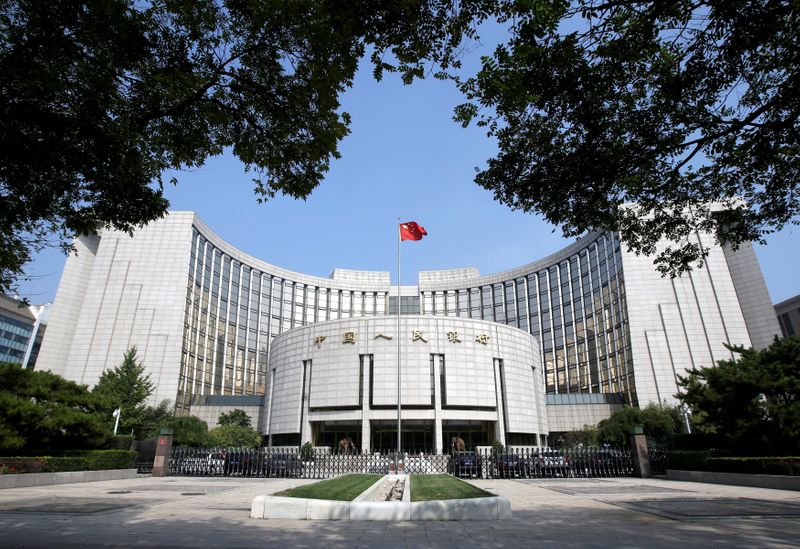
China’s decision on Friday to give its economy a 1 trillion yuan ($154 billion) shot in the arm has given investors a reminder that even the largest economies are likely to need the occasional pick-me-up while the coronavirus pandemic lasts.
In one of its trademark Friday night moves, the People’s Bank of China (PBOC) cut its reserve requirement ratio (RRR) – the money banks have to park at the central bank for safety – by 50 basis points (bps).
It is the first such step since April last year when COVID was rapidly spreading around the world. Just as significantly, it ends nine months of gradual policy tightening by authorities eager to prevent credit growth getting out of control.
“We believe this marks a shift from countercyclical tightening to an easing bias,” analysts at Morgan Stanley said, “in view of the recent growth hiccup amid Covid resurgence, supply chain disruptions, and further moderation in domestic consumption.”
UBS’s head of emerging market strategy Manik Narain said the move was a fine-tuning rather than a screeching U-turn by the PBOC. Around 400 billion yuan of the 1 trillion the RRR is estimated to be worth is likely to be used to repay existing PBOC ‘Medium-term Lending Facility’ funding, while 700-750 billion of tax payments are also due soon.
But, from a global perspective, it was a pointed reminder that reeling in COVID support measures isn’t going to be a smooth glide for anyone.
“China was first in, first out (with COVID policy support)” Narain said. “So if you are thinking about the global significance, it is possible that the message here is that the PBOC is showing that economies are somewhat fragile and inflation is not likely to be too damaging over the medium term.”
Full coverage: REUTERS
Multinationals tax shift unlikely until 2022, says Yellen
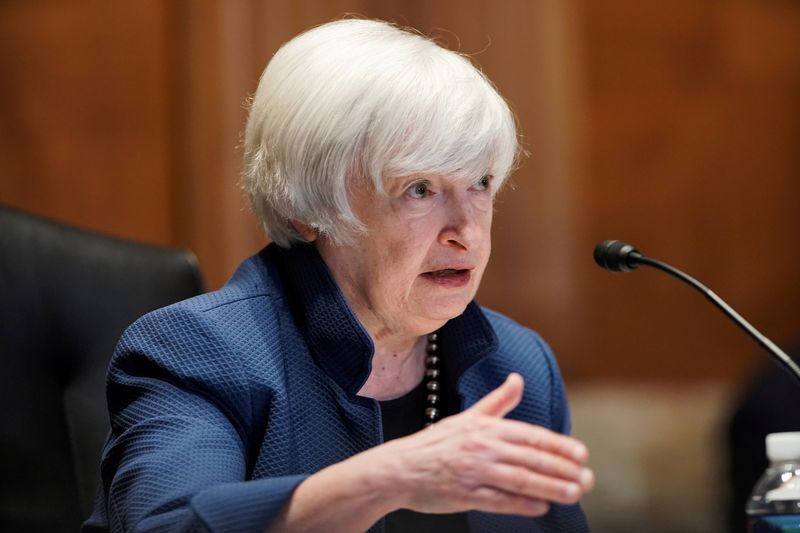
U.S. Treasury Secretary Janet Yellen on Sunday said that a newly endorsed mechanism to allow more countries to tax large, highly profitable multinational companies may not be ready for consideration by lawmakers until spring 2022.
Yellen told a news conference after a G20 finance leaders meeting in Venice, Italy, that the OECD re-allocation of taxing rights was on a “slightly slower track” than a global corporate tax of at least 15% as part of a tax deal among 132 countries.
G20 finance ministers and central bank governors endorsed the deal over the weekend, but questions remain over the ability of U.S. President Joe Biden’s administration to persuade a deeply divided Congress to ratify the changes.
Yellen’s comments suggest a two-step process for implementing the OECD tax deal, with the global minimum tax moving first.
She said she hoped to include provisions to implement the so-called “Pillar 2” minimum tax into a budget “reconciliation” bill this year that Congress could approve with a simple majority, potentially without Republican support.
The “Pillar 1” portion of the agreement would end unilateral taxes on digital services in exchange for a new mechanism that would allow large profitable companies – including technology giants such as Google (GOOGL.O) and Facebook (FB.O) – to be taxed in part by countries where they sell products and services, rather than just those hosting their headquarters or intellectual property.
This will require a multilateral tax agreement that will take time to negotiate, a Treasury official said.
“Pillar 1 will be on a slightly slower track. We’ll work with Congress,” Yellen said, when asked whether a two-thirds majority would be needed in the U.S. Senate, which is normally the requirement for international treaties.
“It may be in ready in the spring of 2022 and we’ll try to determine at that point what’s necessary for its implementation,” Yellen said.
Full coverage: REUTERS
WORLDWIDE: FINANCE / MARKETS
Pressure on risk currencies subside, U.S. inflation in focus
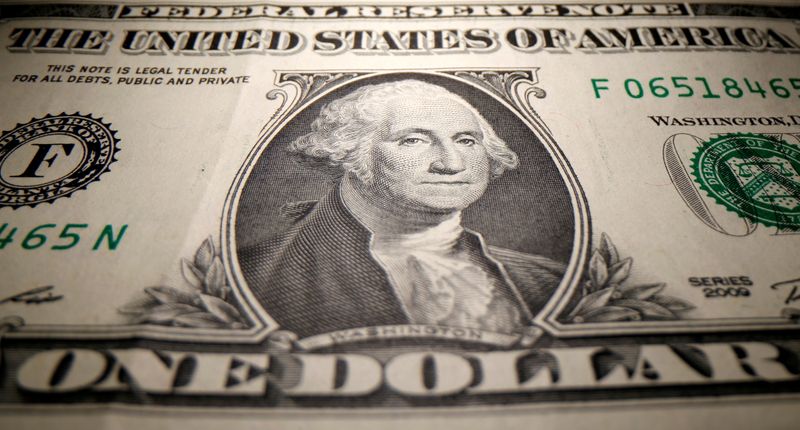
Risk currencies hovered above their recent lows against the dollar and the yen on Monday, as fears about slowdown in the global economic recovery appeared to have subsided for now.
The outlook for U.S. inflation and the speed of the Federal Reserve’s future policy tightening are back in focus ahead of Tuesday’s consumer price data and Fed Chair Jerome Powell’s testimony from Wednesday.
“If we see strong data, the Fed could bring forward their projection for their first-rate hike further from their current forecast of 2023. That would also mean they have to finish tapering earlier,” said Shinichiro Kadota, senior FX strategist at Barclays.
The euro traded at $1.1873, edging back from its three-month low of $1.17815 set on Wednesday while against the yen the common currency stood at 130.87 yen, off Thursday’s 2-1/2-month low of 129.63 yen.
Sterling also ticked up to $1.3900 while the Australian dollar bounced back to $0.7487 from Friday’s seven-month low of $0.7410.
Risk currencies slipped earlier last week as investors curtailed their bets on them, in part as economic data from many countries fell short of the market’s expectations.
Concerns about the Delta variant of the novel coronavirus also added to the cautious mood although few investors thought the economic recovery would be derailed.
Selling in risk currencies subsided by Friday, however, and sentiment was bolstered further after China cut banks’ reserve requirement ratio across the board, to underpin its economic recovery that is starting to lose momentum.
On Monday the Chinese yuan was flat at 6.4785 per dollar, off Friday’s 2-1/2-month low of 6.5005.
Full coverage: REUTERS
Asia shares enjoy relief rally, but hurdles ahead
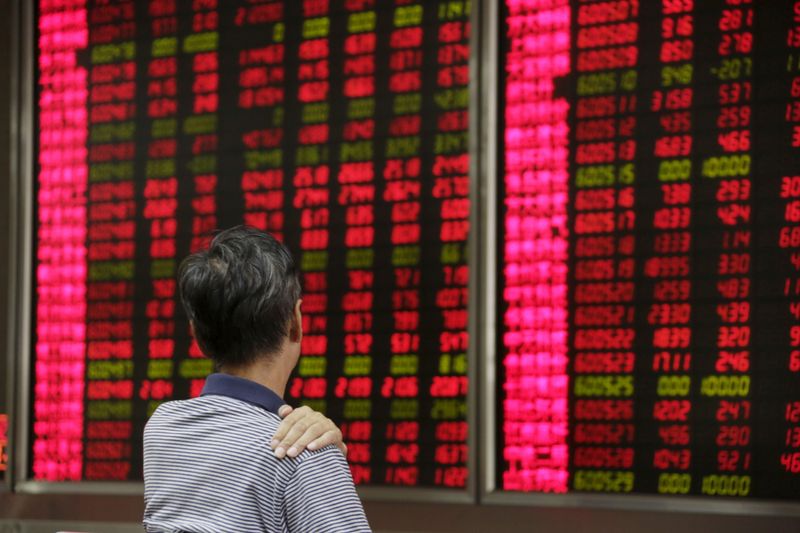
Asian shares were enjoying a relief rally on Monday as record highs on Wall Street and policy easing in China helped calm some of the recent jitters on global growth, though plenty of potential pitfalls lay ahead this week.
In the United States, inflation data could provide a scare ahead of testimony by Federal Reserve Chair Jerome Powell on Wednesday and Thursday, where markets will be hyper-sensitive to any talk of early tapering.
The earnings season also kicks off with JP Morgan, Goldman, Citigroup and Wells Fargo among those reporting.
China releases figures on economic growth, trade, retail sales and industrial output amid concerns they could underwhelm given the sudden easing in policy last week.
“Expectations around China’s outlook have soured over the past month as a result of some disappointing partial data made a lot worse by the optics of coming off peak growth from the pandemic recovery,” said Westpac analysts in a note.
“However, annual growth is still expected to be above 8.0% and, through the second half of 2022, the quarterly growth pulse should firm back to trend.”
For now, investors were happy that last week’s burst of bearishness had swung around in New York, sending wall Street higher and tempering the bull run in bonds.
Early Monday, MSCI’s broadest index of Asia-Pacific shares outside Japan (.MIAPJ0000PUS) gained 0.4%, after shedding 2.3% last week.
Japan’s Nikkei (.N225) bounced 1.9%, and away from a two-month trough touched on Friday, while South Korea (.KS11) added 0.6%. Nasdaq futures rose 0.1% and S&P 500 futures were a fraction firmer.
Yields on U.S. 10-year notes were steady at 1.365%, having been as low as 1.25% on Friday following eight straight sessions of price gains.
Full coverage: REUTERS
Oil prices slip as economic worries offset tightening supplies
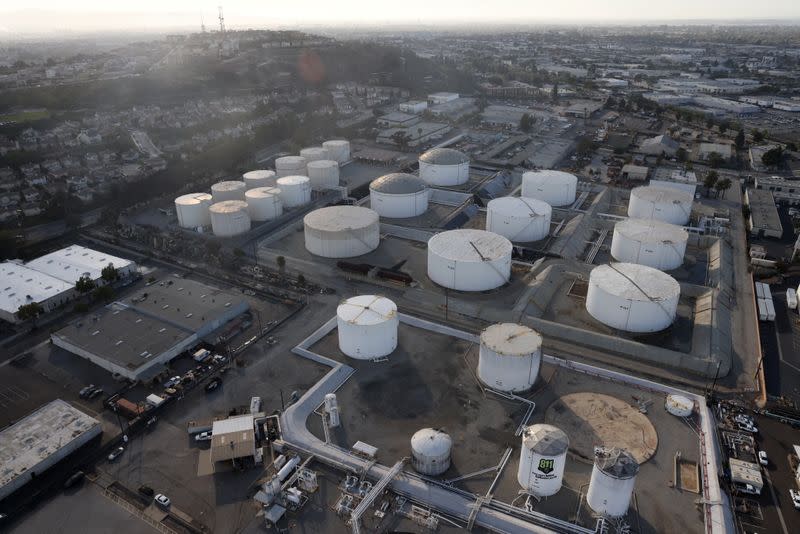
Crude futures slipped on Monday as concerns over slowing global growth outweighed the prospect of tightening supply after talks among key producers to raise output in coming months stalled.
Brent crude for September fell 15 cents, or 0.2%, to $75.40 a barrel by 0411 GMT while U.S. West Texas Intermediate crude for August was at $74.44 a barrel, down 12 cents, or 0.2%.
The spread of coronavirus variants and unequal access to vaccines threaten the global economic recovery, finance chiefs of the G20 large economies warned on Saturday.
A Reuters tally of new COVID-19 infections shows them rising in 69 countries, with the daily rate pointing upwards since late-June and now hitting 478,000.
“We’ve not yet seen the impact but at this rate, it will hit demand sooner or later,” a Singapore-based oil trader said.
Oil prices slumped last Tuesday after the Organization of the Petroleum Exporting Countries and their allies, a group known as OPEC+, did not reach an agreement to increase output from August. This was because the United Arab Emirates rejected a proposed eight-month extension to OPEC+ output curbs.
“Prices are going to stay volatile for as long as the impasse remains,” said Howie Lee, an economist at Singapore’s OCBC bank.
“On the surface it looks like it should support prices, but the risk remains that a complete breakdown will result in a price war not dissimilar to last year,” he said, but added that the probability of the latter event was low.
The world’s top oil exporter Saudi Arabia met full contractual demand for crude oil from five buyers in August, but turned down at least two requests for additional volumes.
Front-month WTI crude futures posted their sixth weekly gain last week after a bullish report from the U.S. Energy Information Administration showed U.S. crude and gasoline stocks fell while gasoline demand reached its highest since 2019.
In response to higher oil prices, U.S. energy firms added oil and natural gas rigs for a second week in a row, data from Baker Hughes showed.
Full coverage: REUTERS